What the Tramp tells us about Charlie Chaplin
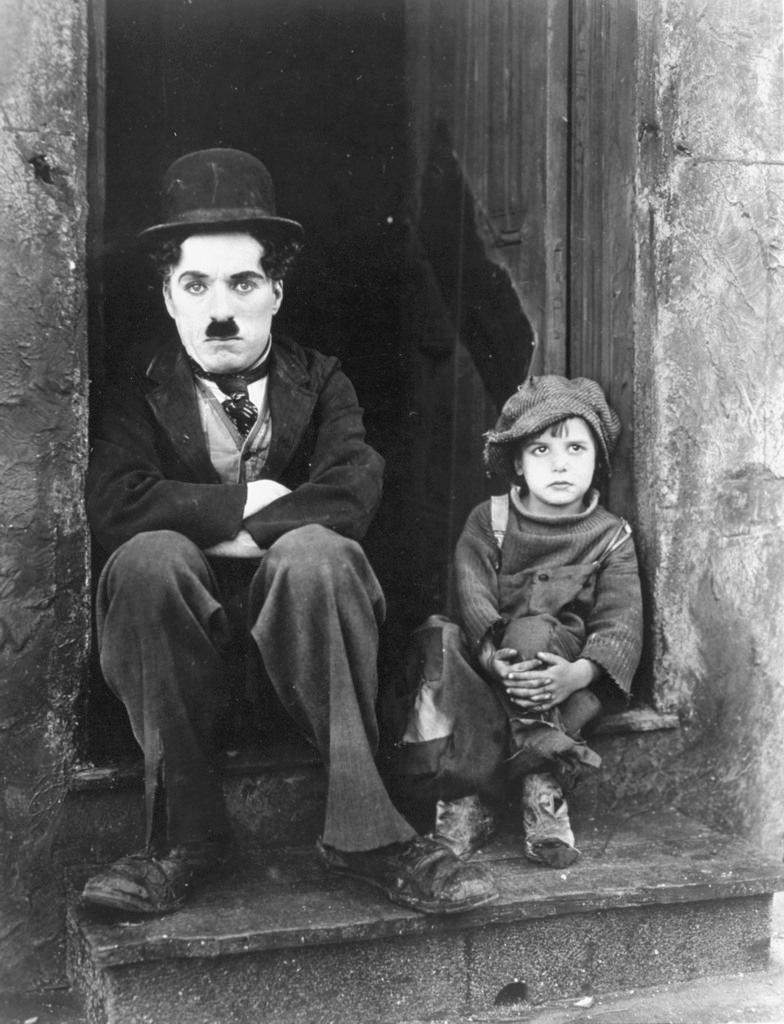
The birth 100 years ago of Charlie Chaplin’s Little Tramp is celebrated on all five continents this year. In Switzerland, where Chaplin spent the last 22 years of his life, a major exhibition presents the comedian in a new light.
In 1914, a 25 year-old British vaudeville artist recently hired by a film company in the United States grabbed a pair of baggy trousers from a costume wardrobe, along with a tight jacket, a Derby hat and a cane, then donned a vertical moustache so that his lips could still be read in front of the camera.
Charlie Chaplin had just invented what would become the most endearing and enduring character of the silent film era.
To mark the 100 year celebration of the Little Tramp, Lausanne’s Elysée Photography Museum is presenting rare documents from the Chaplin Photographic Archive that speak as much of the man as the time he lived in.
Between the two World Wars
The Tramp, to use the shortened version, was invented at the onset of the First World War and made Chaplin a star overnight. While he played in one burlesque film after the other in the comfort of the US film industry, his country went to war.
Chaplin was strongly criticised for not going home to join his fellow countrymen in combat, a criticism that was again levelled against him during the Second World War.
Carole Sandrin, the curator in charge of the Charlie Chaplin Photographic ArchiveExternal link at the Musée de l’Elysée, told swissinfo.ch that her intention for the exhibition “Chaplin, between Wars and PeaceExternal link (1914-1940)” was to revisit Chaplin’s response to the controversy.
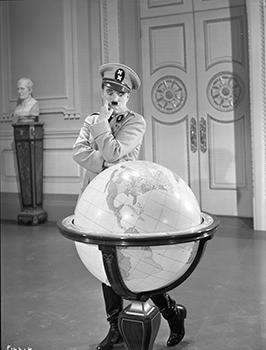
This came in the shape of two films, “Shoulder Arms” in 1918, a huge success that used comic situations to reveal the horror of the trenches and “The Great Dictator” in 1940 in which Chaplin boldly mimics Hitler’s terrifying antics.
He also showed his good will during the First World War by producing and financing a film to help sell Liberty Bonds for the US Government.
It has often been intimated that Chaplin, whose birth certificate was never found, may have been Jewish, but when asked, he answered, “I am afraid I do not have that good fortune.”
The Chaplin archives
The Elysée exhibition assembles original prints and rare vintage documents from The Charlie Chaplin ArchiveExternal link, constituted in part by the documents meticulously assembled over the years by Chaplin’s brother Sydney and their half-brother, Wheeler Dryden. “They felt from the beginning that Charlie would leave his mark on the century,” Sandrin said.
Scanned and catalogued over a ten-year period by the The Chaplin Project at Cineteca di BolognaExternal link in Italy, the paper archives are now held in Montreux, whereas the 20,000 photo documents were entrusted to the Musée de l’Elysée in 2011.
“The key to Chaplin’s success lay in his ability to add a social dimension to slapstick comedy. He did not shy away from criticising high society, capitalism or mocking dictators,” Sandrin pointed out.
“Everything he did was based on reality. That’s what makes his work so poignant,” she added. It is also what got him into trouble with the American authorities, who during the McCarthy years, branded him a communist.
By concentrating on the period between 1918 – when Chaplin created his own studios and his archives began – and 1940, the Elysée exhibition presents Chaplin as an activist who was not indifferent to the tragedies of the war, as his critics believed, but who devised his own strategies to resist them.
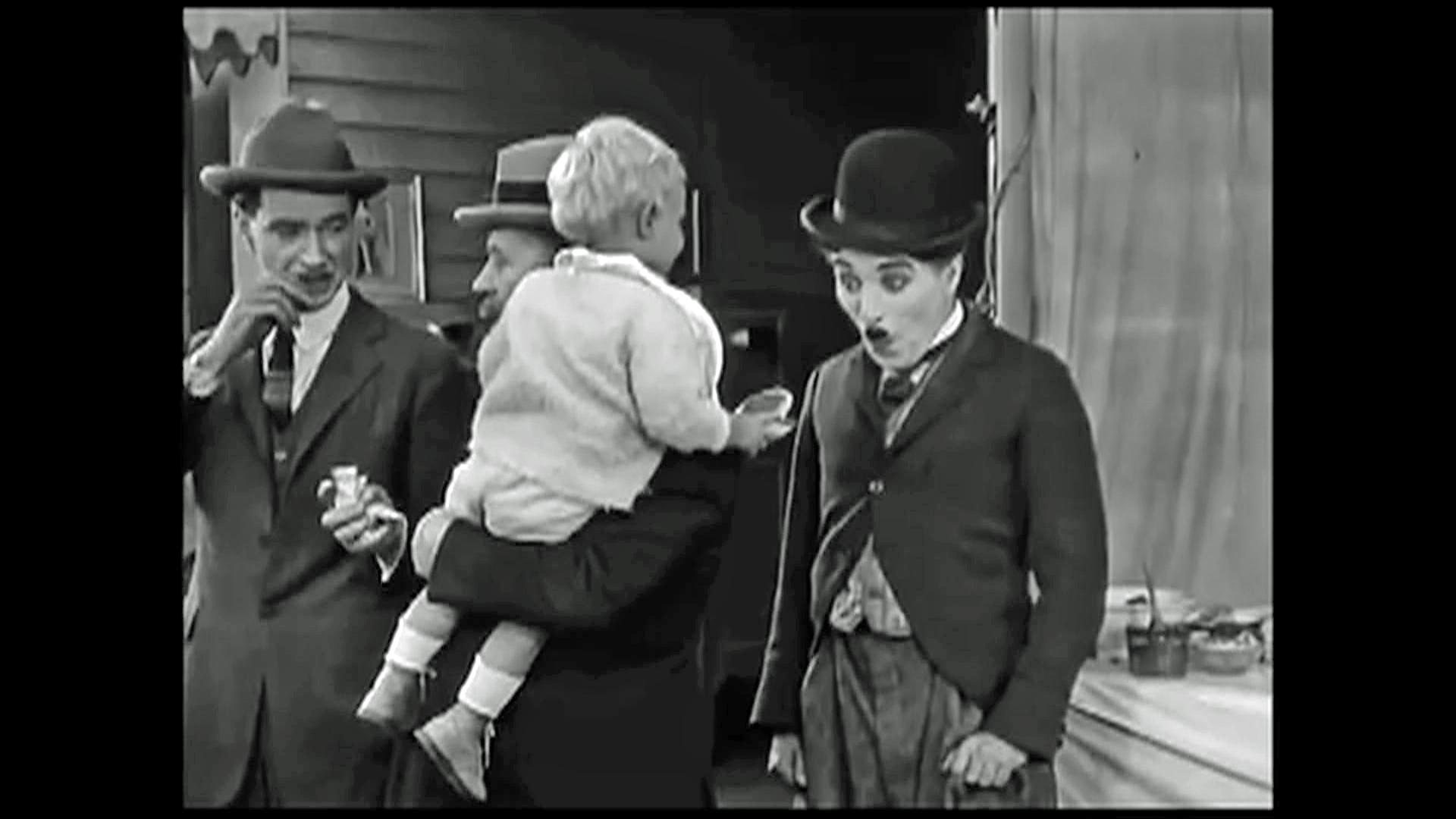
More
Charlie Chaplin at his best
As a tribute to the birth of the Tramp in 1914, when Chaplin had just been hired by Keystone film studios, the Elysée Museum and Editions Xavier Barras are publishing the exact replica of a unique document that Sandrin found in the Chaplin archives.
The Keystone Album reproduces the stills from 29 of the 36 short films that Chaplin made in the year 1914 alone. It was compiled by the British Film Institute more than 70 years ago to vouch for the authenticity of Chaplin’s films at a time when unofficial, and often adulterated, copies began to proliferate.
The album reveals the frenetic pace at which Chaplin worked, but more importantly it unveils the progressive invention of the hallmark mannerisms that were to make Chaplin a universal idol.
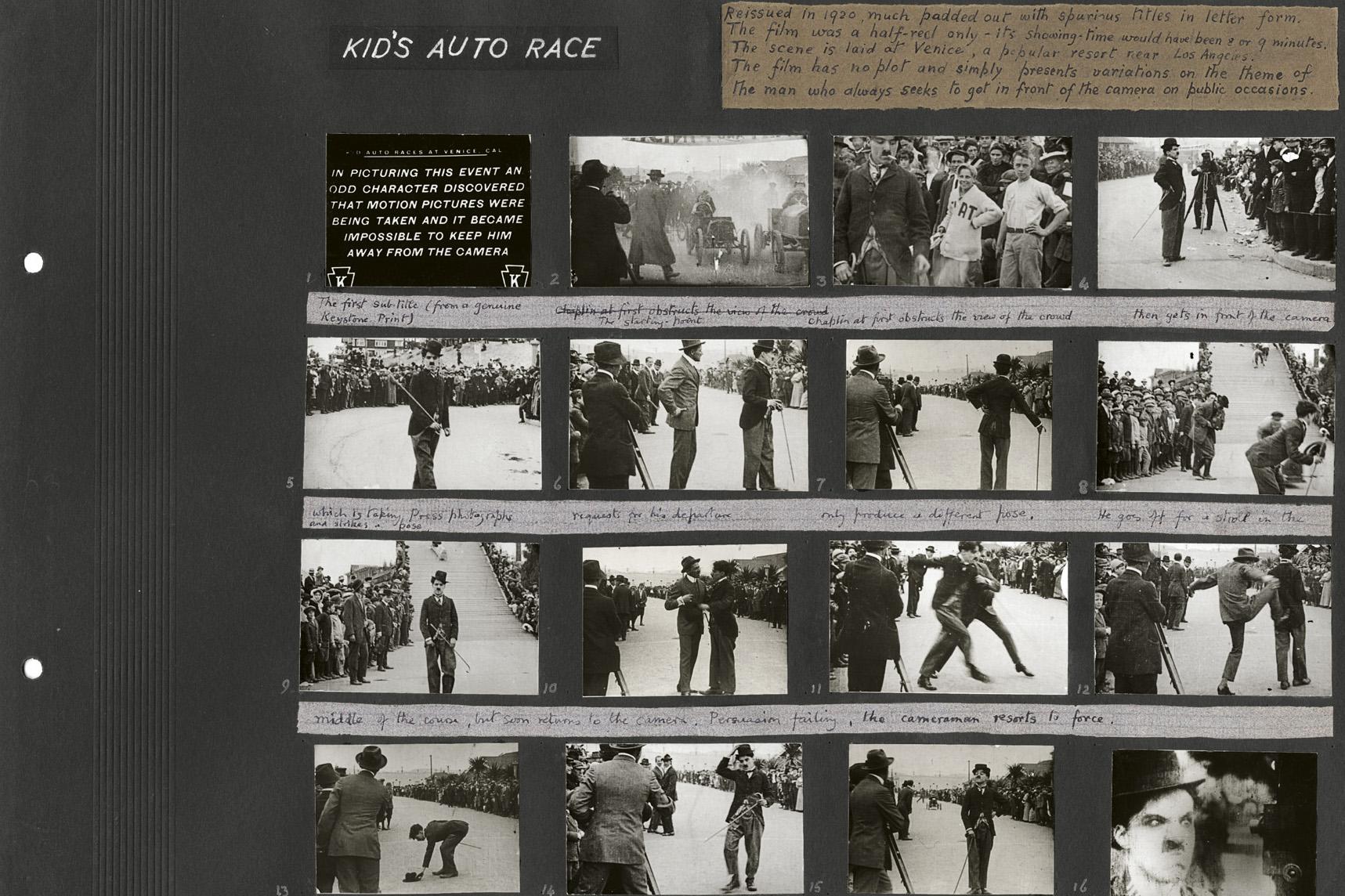
Marking the Centenary
“Over the years, the totemic Little Tramp figure has come to represent not only the ragged, mischievous, resilient character from the films, but also Chaplin’s own humanism, humour and modernism,” Kate Guyonvarch, director of The Association ChaplinExternal link, a group of enterprises that own the Chaplin rights, said to define his continued success.
Although she has been involved in the Chaplin estate for a long time, Guyonvarch says this year’s celebrations “have allowed us to better understand both the man and the way he worked”.
She is convinced that Chaplin’s drive and relentless perfectionism originated in his difficult childhood. He was obliged to fend for himself and earn a living from the age of ten when his father died and his mother’s fragile mental state made it impossible for her to look after him and his older brother, Sydney.
“He built himself an armour for surviving,” she said, adding that although he never lost sight of work, “when he fought for perfection, it was also with his heart and soul.”
The temptation of politics
According to Guyonvarch, Chaplin almost gave up films when talkies were introduced. “He had made his reputation on the Tramp and knew that he could not make him speak.”
He started “City Lights” in 1928, one year after the first talkie was made, but it remained a silent film. During a year-long promotional tour that took him around the world, his self-doubt on the future of the Tramp led him to new pursuits.
“I wish Charlie would keep in the lighter mood always, he gets so serious,” his brother Sydney wrote. “At the present moment he is writing an article on how to solve the Germany reparation problem. And his solution of the difficulty is really remarkable and so simple I cannot see why it has never been thought of before.”
Guyonvarch suspects that Chaplin seriously considered a political career at that time and produces a clipping of a 1931 London Daily Telegraph interview in which Chaplin declares, “What I should really like above anything else would be to stand for Parliament.”
There is a common belief, she adds, that Charlie Chaplin launched Paulette Goddard’s career when he finally returned to Hollywood, but in Guyonvarch’s eyes, it may have been the other way around when the “bouncy and dynamic Goddard put Chaplin back on track!” Chaplin took the plunge into talkies at last.
“He really was everywhere and is still everywhere,” added Guyonvarch. Around the globe, more than 100 known events are taking place for the 100th anniversary of The Tramp, as well many live orchestral screeningsExternal link.
Move to Switzerland
Charles Spencer Chaplin (1889-1977) was born in London. He started acting at a very young age in the English music hall, and while touring America in 1913 was offered a contract to make his first movie in 1914. He became a worldwide hit and by 1917 was successful enough to build his own studios in Hollywood, where he made films until 1952. When refused re-entry into the United States because of the political climate, he lived thereafter with his family in Switzerland.
Chaplin was one of the rare comedians who not only financed and produced nearly all his feature films, but was also author, actor, director and music composer of most of them.
The Chaplin MuseumExternal link is due to open in 2016 in the Manoir de Ban in Vevey where Chaplin lived with his family after moving to Switzerland.
The Chaplin Archives will be published by Taschen in XL size in January 2015.
David Robinson, Chaplin’s authorized biographer, has just published “The World of Limelight”.

In compliance with the JTI standards
More: SWI swissinfo.ch certified by the Journalism Trust Initiative









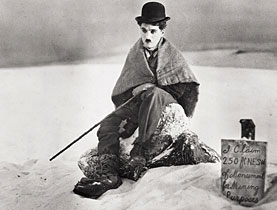
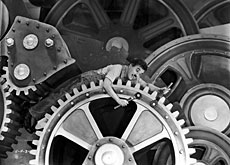
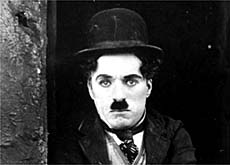
You can find an overview of ongoing debates with our journalists here . Please join us!
If you want to start a conversation about a topic raised in this article or want to report factual errors, email us at english@swissinfo.ch.